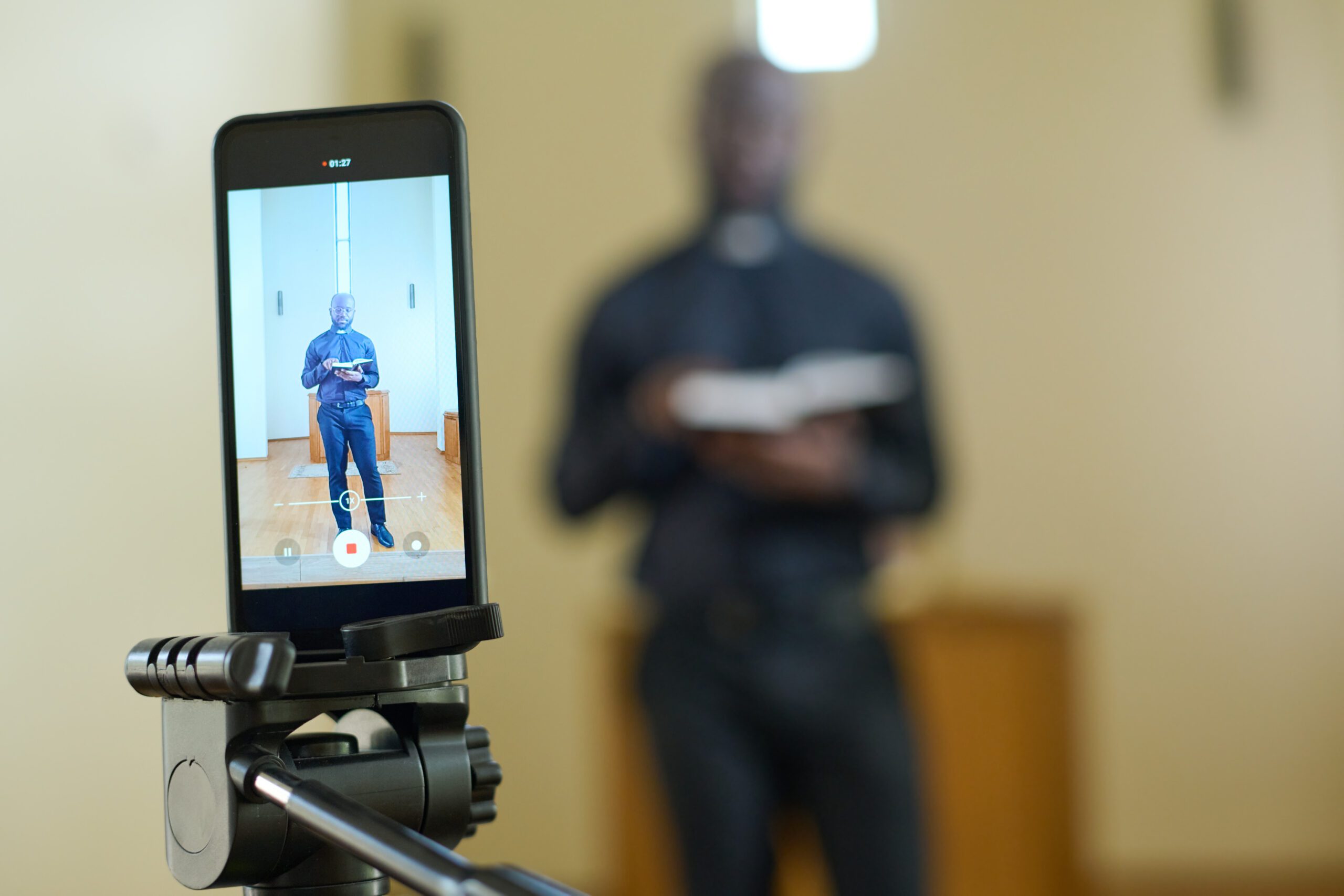Sermon Archives and Media: Enhancing Church Engagement Online
In today’s digital age, churches are finding new ways to share their message beyond the walls of the sanctuary. One of the most impactful strategies is creating sermon archives and media libraries that allow congregants and visitors to access sermons, teachings, and other church-related content anytime, anywhere. These archives not only help deepen engagement with current members but also extend the reach of your ministry to new audiences across the globe.
This article explores the benefits of creating sermon archives and media, how they can enhance your church’s outreach, and best practices for organizing and sharing this valuable content.
Why Sermon Archives and Media Are Essential
Churches today need to meet their congregation where they are, and in many cases, that’s online. Offering an accessible, organized library of sermons and media provides numerous benefits for both your church and its members.
Key Benefits:
- Accessibility for All: Sermon archives allow members who miss services due to travel, illness, or other commitments to stay connected and continue receiving spiritual nourishment.
- Extended Reach: An online sermon archive opens the door for new visitors to discover your church and explore its teachings before attending in person.
- Continual Engagement: Media libraries offer members the opportunity to revisit past sermons, share meaningful content with friends and family, and stay engaged with your church’s message throughout the week.
- Learning and Reflection: Archived sermons provide a resource for Bible studies, small groups, and individual reflection, helping members grow spiritually beyond Sunday services.
With a well-organized media archive, your church can build a digital resource that serves both existing members and potential new visitors.
Key Elements of an Effective Sermon Archive and Media Library
Creating an effective sermon archive involves more than just uploading videos or audio recordings. To engage your audience and enhance their experience, it’s important to consider several key elements:
1. Video and Audio Quality
High-quality recordings are essential for making your sermons enjoyable to watch or listen to. Poor video or audio quality can detract from the message and discourage viewers from returning.
- Invest in Good Equipment: Make sure you’re using quality cameras and microphones to capture clear video and sound.
- Editing for Clarity: Edit the recordings to ensure there are no technical glitches, unnecessary pauses, or background noise that can distract from the sermon.
- Multiple Formats: Offer both video and audio versions to cater to different preferences. Some people prefer watching sermons, while others may prefer to listen to the audio while commuting or exercising.
2. Searchable Categories
A well-organized archive makes it easy for visitors to find sermons based on topics, scripture, or series. Categorizing and tagging your sermons helps users quickly locate content that’s relevant to them.
- Sermon Series: Organize sermons by series to make it easy for viewers to follow along with multi-part teachings.
- Topics and Themes: Use relevant tags for topics like faith, forgiveness, discipleship, or marriage. This allows users to search by theme and find sermons that resonate with their needs.
- Scripture Reference: Include scripture references in your titles or descriptions so users can find sermons based on specific Bible passages they’re studying.
A searchable archive enhances the user experience and encourages members to explore your content more deeply.
3. Mobile Accessibility
Many people access content on their smartphones, so ensuring that your sermon archive and media library are mobile-friendly is crucial.
- Responsive Design: Make sure your website or platform is optimized for mobile devices so viewers can easily watch or listen to sermons from their phones or tablets.
- App Integration: If your church has a mobile app, include a section for sermon archives. This allows users to access your content with just a few taps.
- Download Options: Offer the option to download audio files so members can listen offline when traveling or without a stable internet connection.
Mobile accessibility ensures that your content is available to members whenever and wherever they need it.
4. Regular Updates
An up-to-date archive shows that your church is active and engaged. Regularly uploading new sermons and media keeps your members returning for fresh content.
- Timely Uploads: Aim to upload sermons within a day or two after they’re delivered so members can revisit the message while it’s still fresh in their minds.
- Additional Media: Beyond sermons, consider uploading other content like worship music, Bible study sessions, or church event recaps to offer more ways for members to engage.
By keeping your archive current, you encourage ongoing interaction and engagement with your church’s content.
5. Integration with Social Media
Sharing sermons on social media platforms extends your reach and makes it easy for your congregation to spread the word.
- Social Sharing Buttons: Include share buttons on your archive pages to allow users to quickly share sermons on Facebook, Twitter, or Instagram.
- Promote on Social Media: Regularly promote new sermons or highlight specific messages on your church’s social media channels to drive traffic to your website or app.
- Live Streaming Integration: If your church live streams services, consider archiving the recordings for members to revisit or share.
Social media is a powerful tool to amplify your church’s message and reach new audiences with your archived content.
Best Platforms for Hosting Sermon Archives and Media
There are various platforms available to host your sermon archives and media, each with its own strengths depending on your church’s needs.
1. YouTube
YouTube is a great option for hosting video sermons. It’s free, has a massive reach, and allows you to create organized playlists by series or topic. You can embed YouTube videos directly on your church’s website or app, making it easy for viewers to access content from multiple locations.
2. Vimeo
Vimeo offers more control over your content than YouTube, with options for password protection, embedding without ads, and customization of the video player. It’s a good option for churches looking for a more polished presentation.
3. Church Websites
Many churches choose to host sermon archives directly on their website using platforms like WordPress or church-specific website builders. This gives you full control over how the archive is organized and presented, as well as the ability to integrate other features like event registrations or online giving.
4. Church Apps
If your church has a mobile app, hosting your sermons within the app allows members to access content on the go. Some church management software platforms, like Tithe.ly or Subsplash, offer integrated media libraries as part of their service, making it easy to manage sermons alongside other church functions.
Conclusion
Sermon archives and media libraries are powerful tools for expanding your church’s reach, providing spiritual resources, and keeping members engaged throughout the week. By investing in quality content, organizing it for easy access, and keeping it up-to-date, your church can build a digital library that serves both existing members and new visitors.
In follow-up articles, we will explore more advanced strategies for optimizing your sermon archives, including boosting search engine visibility, enhancing engagement, and promoting your content on social media.
editor's pick
News via Inbox
Stay ahead in the fast-evolving world of church technology with our Newsletter! By subscribing, you will gain access to a wealth of information and resources designed to keep you informed and empowered.







